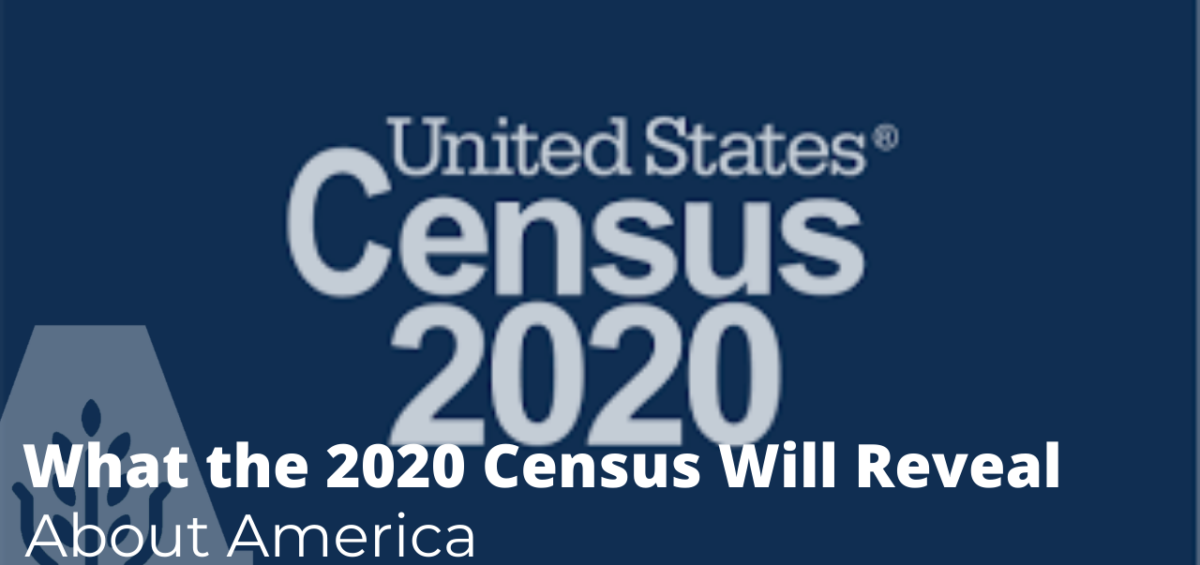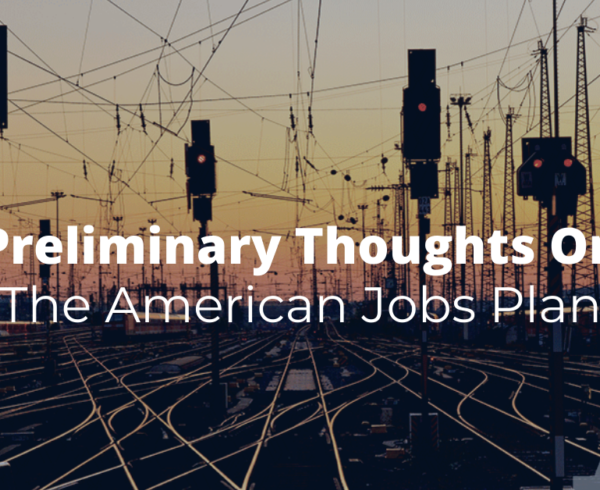Adapted from article by William H. Frey on 1/11/21
Over the coming months, the U.S. Census Bureau will roll out the results of the 2020 census, its once-a-decade headcount that will give us precise details on the size, growth, age, and racial-ethnic makeup of the nation’s population. In the lead-up to that over the past year, the Bureau has released the results of other large surveys and studies, which William Frey from Brookings has analyzed to pinpoint key demographic trends that the decennial census is likely to confirm.
These trends include an unprecedented stagnation in population growth, a continued decrease in Americans’ geographical mobility, more pronounced population aging, a first-time decline in the size of the white population, and rising racial and ethnic diversity among millennials, Gen Z, and younger groups, which now comprise a majority of the nation’s residents.
Unprecedented Stagnation in Population Growth
In the previous decades, the U.S. has been a country at the forefront of population growth. Particularly in the latter half of the 20th century, it was amongst the top in rapid growth. The 2020 census could look strikingly different, however, and could actually show the smallest decade-long growth rate in our history.

Recent estimates by the Census Bureau show that from July 2019 to July 2020, the nation grew by .35%, the lowest since 1900. Now, national population growth has been dipping since 2000, due to reasons like the Great Recession and new immigration restrictions. Yet this most recent rate is well below most rates over the last century, and less than half of those in the past two decades.
Part of this sharp decline can be attributed to the COVID pandemic, which brought more deaths and immigration restrictions. But this past year hasn’t affect the census that much. The entire decade has been one of fewer births, more deaths, and uneven immigration.
Continued Decrease in Geographic Mobility
Another indicator of the nation’s demographic stagnation is its low level of geographical mobility. Prior to COVID, a smaller share of Americans changed residence than in any year since 1947 (when the Census Bureau first stated collecting this data).
U.S. migration trends have shown a fairly consistent decline since the late 1940s-60s, when one fifth of Americans changed residence annually. This steady decline brings us to the previous year, where only 9.3% changed residence. These migration declines occurred among local, within-county/parish moves as well as longer-distance moves between labor markets, with a sharper decline in the former. Most of these declines come from young adults who remained “stuck in place” during the past decade.
With COVID related migration most likely bringing the migration rates up in the 2020-2021 period, it may seem that the decades long period of stagnate migration is gone. Yet many of these moves will most likely be temporary, and the steady decline of stagnation will return.
Pronounced Aging of the Population
The census will also show the sharp growth divide between the old and young in the country. Between 2010 and 2020, the number of people 55 and up grew nearly 30%, twenty times larger than the growth rate of the collective population under 55. Those in the “baby boomer” generation passed into the 65 age group, which increased by half that age group.

The gains in 55 and older population will most likely show up in all states, metro areas, and most counties/parishes. Even in the areas that are demographically stagnate, the “aging in place” of the baby boomer generation within them will lead to population growth for seniors.
The younger generation has a much different story. Migration will determine if an area registers a gain or loss of young people, since their national growth rate at nearly zero. 31 states registered losses in their youth population, mostly from Northeast, Midwest, and interior South. The other 19 states had a gain in young people population, with this largely being from migration into the states.
A First-Time Decline in the Nation’s White Population
Most recent Census Bureau estimates by race show a small decline in the nation’s white population. If this is confirmed in the full 2020 census, this would be the first decade since the census began in 1790 that the white population did not grow.
This decline in the white population can be attributed largely to its older age structure compared to other race and ethnic groups, which leads to fewer births and more deaths relative to population size. In 2019, the median age for white Americans was 43.7, compared to 29.8 for Latino/Hispanic Americans, 34.6 for Black Americans, 37.5 for Asian Americans, and 20.9 for those identifying as two or more races. While fertility in white persons may have taken a dip due to delayed marriage and childbearing for millennials, the long term decline projected in the population is due to its increased aging.
This means that other racial and ethnic groups are responsible for generating overall population growth. Over half of the nation’s growth came from Latinos/Hispanics, with the other ethnic and racial groups constituting nearly 10 million in growth as well. These groups are the main engines of the nation’s growth, and are likely to do so going forward.
Greater Racial Diversity Among Millennials and Gen Z
Census Bureau population estimates last year revealed that over half of the nation’s total population are the millennial generation or younger (those born in 1981 or later). While these groups are not growing as rapidly as the older age groups, they are far more racially diverse.
One of the reasons for this is that the decline in the white population as discussed above is more pronounced among the young. Since 2000, under 18 white population has registered total population losses. Millennials and younger generations were born during years of increased immigration, meaning those immigrants and their children have contributed to both growth and diversity among the younger population. Now, natural increase rather than immigration has been the primary source of some ethnic and racial groups.
All this leads to a stark generational differences in diversity: 60% of the population identifies as solely white; for baby boomers and older, the number rises over 70%. Yet for the combined Gen Z and younger populations, the number is less than half.
These generational differences has an impact for sector planning, both public and private. The needs of the increasingly diverse younger population is something that has to be addressed. This “cultural generation gap” has impacted politics as well, in ways that are sometimes divisive. The tastes, values, and political orientations of the younger, diverse generations will become the nation’s “mainstream” as they age.
Immigration is Essential for Countering Further Stagnation
The above information reveals that the nation is facing unprecedented demographic stagnation. While the COVID pandemic certainly has affected this, most of this can be attributed to increased mortality and lower fertility rates associated with the aging population. Yet even pre-pandemic, population projections trended that growth levels would lie well below those previously experienced. Lower immigration would increase the stagnation on the youth population, while the over-65 group will still grow.
Awaiting the Census
As census results release over the course of the year, there will be a more thorough understanding of national population trends, with greater detail for communities throughout the nation. The country is slowly becoming one with low population growth, rapid aging, and greater racial and ethnic diversity, especially among the nation’s youth. The next decade will bring many new challenges from greater age dependency to increasing racial and ethnic harmony, all within a context of a less demographically dynamic nation.













